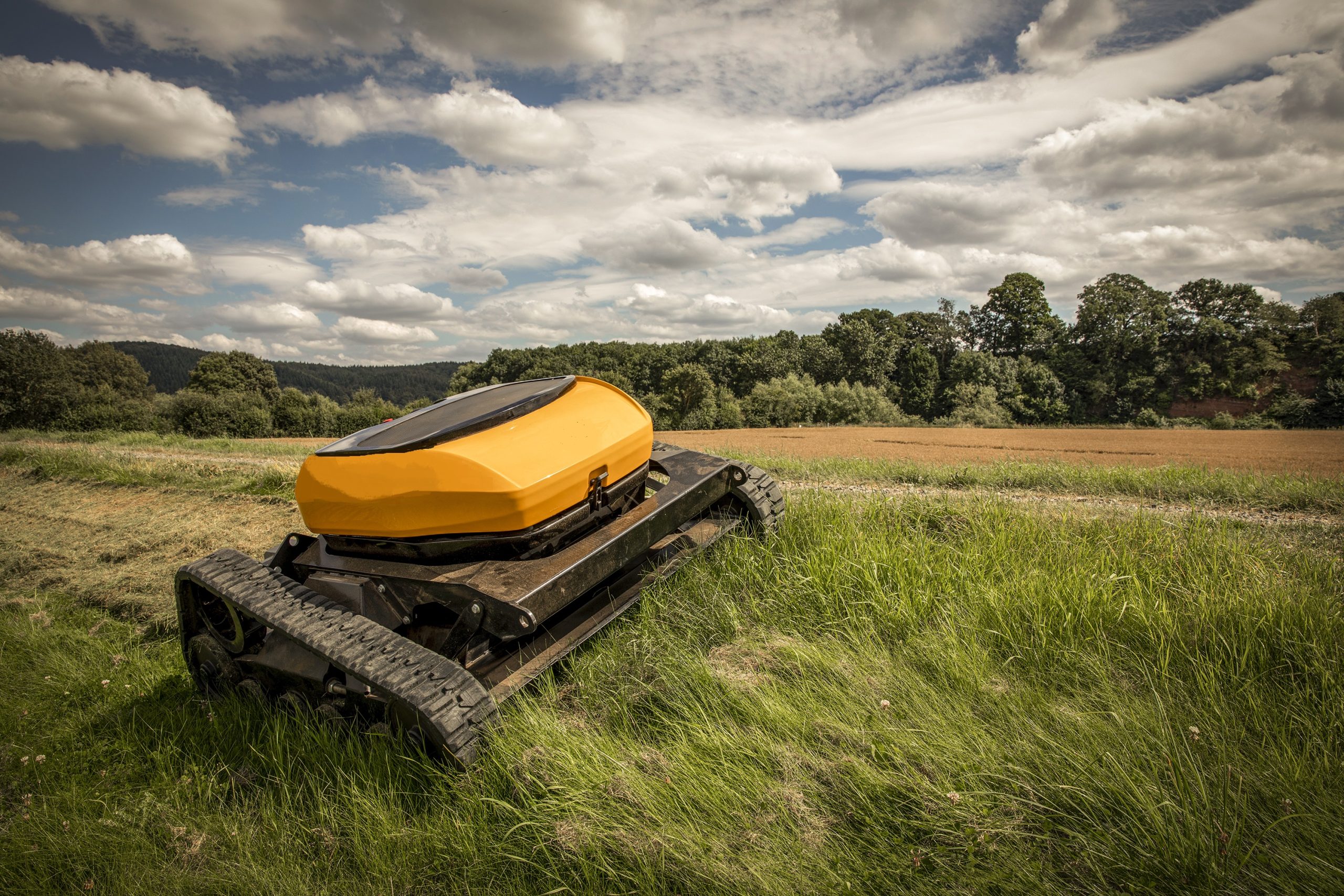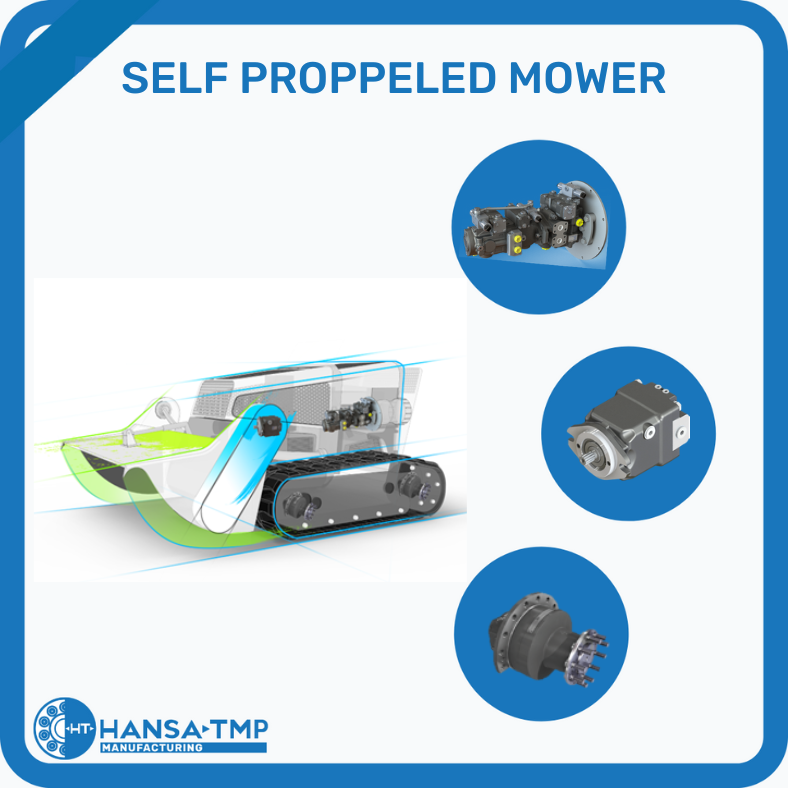A remote-controlled mower is a versatile piece of equipment used for cutting grass and maintaining lawns, parks, and other green spaces.
Hydraulic systems play a significant role in powering and controlling various functions of a remote-controlled mower. Here’s a detailed breakdown of the hydraulic circuit and the components involved:
- Hydraulic Power Source: The hydraulic power for the remote-controlled mower is typically provided by a hydraulic pump that is integrated into the mower’s engine or motor. This pump generates the necessary pressure to operate the hydraulic components.
- Hydraulic Motors: Drive Motors: remote controlled mower features hydraulic motors that drive the wheels or tracks, providing forward and reverse movement. These motors convert hydraulic pressure into mechanical rotation to move the mower.
- Hydraulic Valves: Control Valves: Control valves regulate the flow of hydraulic fluid to the drive motors. These valves are manipulated by control levers or pedals in the operator’s area, allowing the operator to control the speed and direction of the mower’s movement.
- Hydraulic Hoses and Fittings: Hydraulic hoses and fittings connect the hydraulic pump, valves, and motors, ensuring the proper flow of hydraulic fluid. These components form the hydraulic circuit that transfers power to the drive system.
- Control Levers or Pedals: The operator uses control levers or pedals in the operator’s area to manipulate the hydraulic system. These controls adjust the speed and direction of the mower’s movement.
- Cutting Deck Mechanism: many remote-controlled mowers are equipped with a cutting deck that houses the blades for cutting grass. Some models feature hydraulic lift and lower mechanisms for the cutting deck. Hydraulic cylinders or actuators control the raising and lowering of the deck to adjust cutting heigh
- Steering System (if applicable): Some remote-controlled mowers have hydraulic steering systems that use hydraulic pressure to turn the front wheels or control the direction of the tracks. A hydraulic cooling system may be integrated to prevent the hydraulic fluid from overheating during prolonged operation. This system typically includes a hydraulic fluid reservoir, a cooling fan, and cooling lines.
- Hydraulic Reservoir: The hydraulic reservoir holds hydraulic fluid, ensuring a continuous supply of fluid for the hydraulic system. It also allows for fluid expansion and serves as a place for fluid filtration.
- Filters and Filtration System: Hydraulic filters help maintain the cleanliness of the hydraulic fluid by removing contaminants. Clean fluid is essential for optimal performance and longevity of hydraulic components.
- Pressure Relief Valve: A pressure relief valve is part of the hydraulic system to prevent excessive pressure that could damage components. It releases excess pressure to maintain safe operating conditions.
The hydraulic circuit of a remote-controlled mower facilitates seamless movement, precise cutting height adjustment, and efficient steering (if applicable). The integration of hydraulic components enhances the overall performance and manoeuvrability of the mower, allowing operators to achieve consistent and well-maintained lawns and green spaces.




